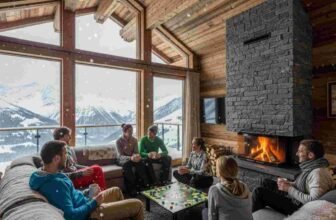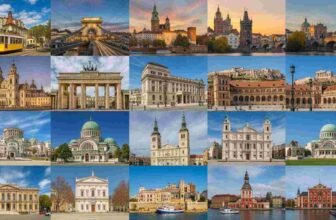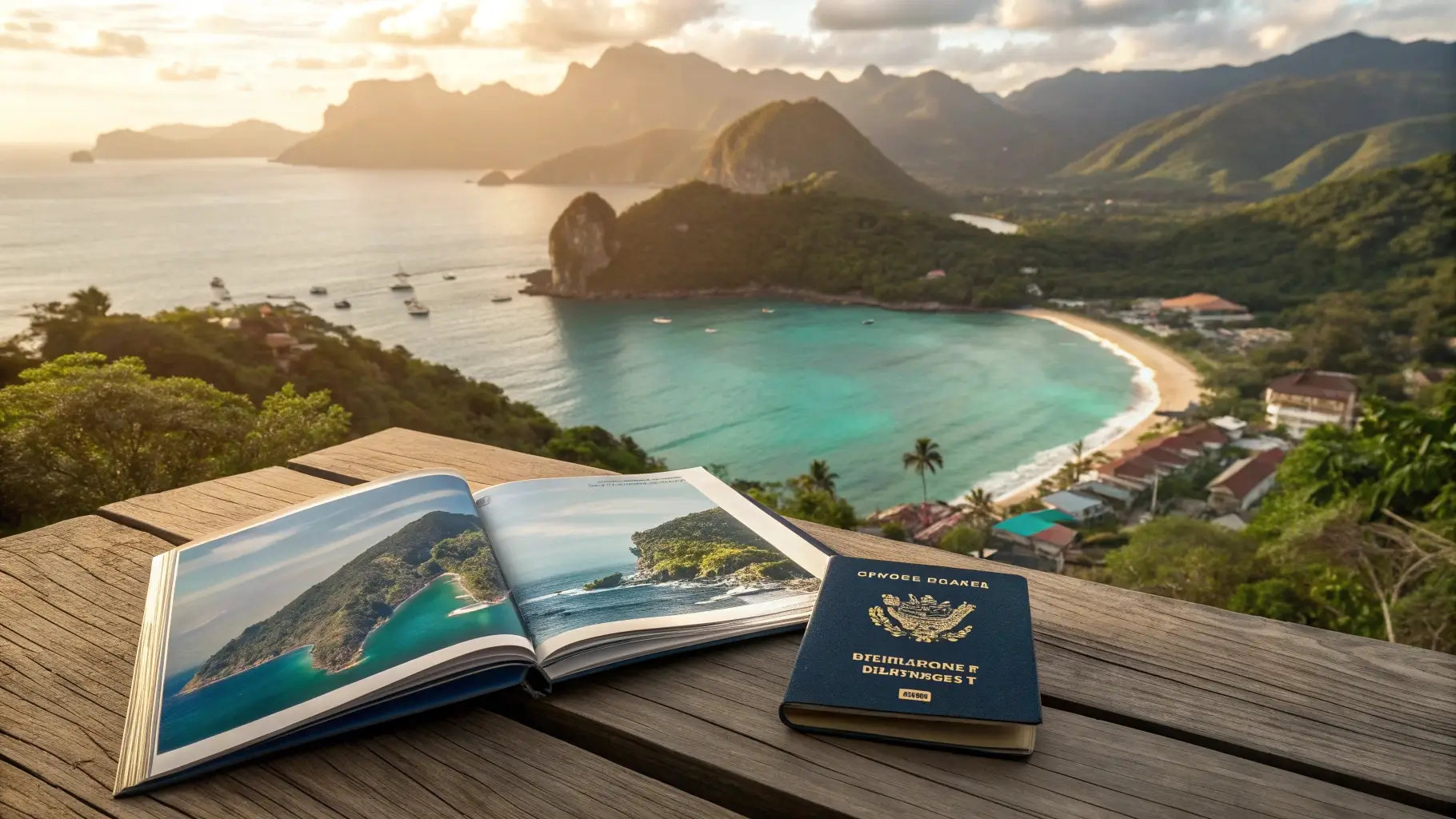
Warm breezes, unfamiliar scents, and that quiet thrill when a place feels wide open — the kind of moment that sparks bold curiosity. You know that pull toward somewhere new, somewhere that gives you room to start fresh without deep pockets or complicated paperwork.
More people are searching for destinations that truly welcome long-term living, and the world is finally offering real possibilities. Some places offer simplicity, others adventure, others a slower rhythm that changes how you breathe — each one shaping a different kind of future.
Ahead is a guide to where staying longer isn’t a dream but a real opportunity.
1. Portugal
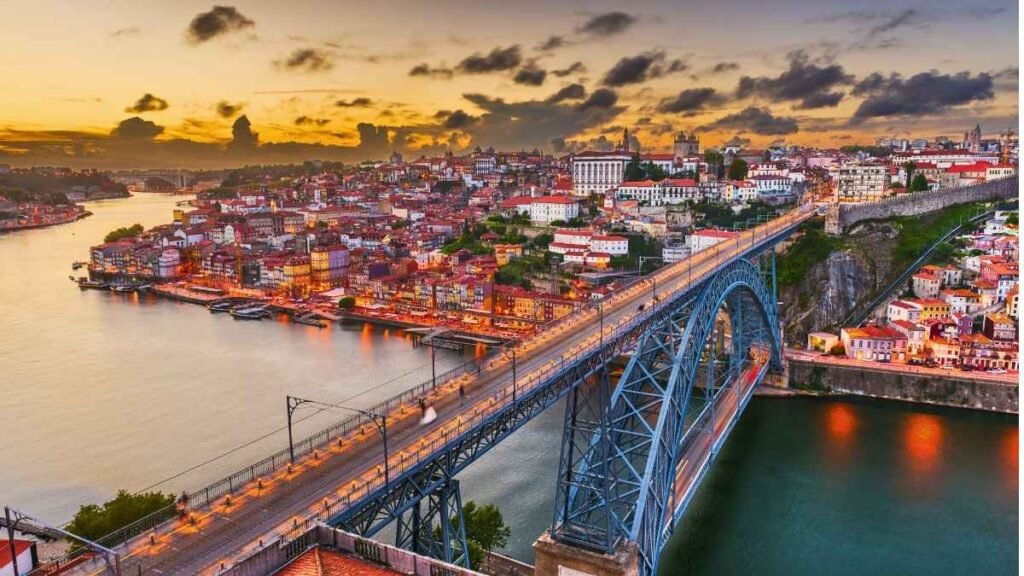
Portugal has this relaxed, friendly rhythm of life that somehow still delivers big on culture and practicality. Think charming cobblestone streets in Lisbon’s Alfama district, golden-beach sunsets in the Algarve, and a serious café culture all over Porto. The country’s cost of living for a single person is around €1,773 per month including rent and essentials, while the average wage sits at €1,707/month — giving readers a real sense of day-to-day affordability. There’s also a 60% surge in residency permits issued by end-2025, which clearly shows how welcoming Portugal has become.
You’ll notice Lisbon is increasingly busy, but still incredibly walkable and full of energy. Porto feels slower, more soulful. Inland cities like Coimbra or Viseu stretch your budget further without losing amenities. Portugal delivers that sweet spot: good healthcare, great food, and warm communities.
Rent prices do vary, though — a one-bedroom apartment in Lisbon city center ranges between €1,300–€2,500/month, while smaller towns can drop down to €600–€900. So your long-term experience will depend on where you choose to settle.
Key Practical Information
- Peak / Off-peak seasons + weather: Summer (June–Aug) is hot and crowded; winters mild with fewer tourists.
- How to reach & explore: Lisbon/Porto airports connect globally; trains are great for major routes; a car helps for rural regions.
- Ideal duration: 1–3 months to test, 6–12 months for a long-term setup.
- Must-try experiences: Fado nights in Alfama, Douro Valley wine cruise, Algarve sea-cliff trails.
- Budget insights: Housing in big cities rising quickly; inland cities offer lower costs.
- Cultural etiquette: Use simple greetings (“Bom dia”), be patient with slower service pace.
- Photography spots: Lisbon viewpoints, Porto’s Ribeira, Ponta da Piedade cliffs.
2. Spain
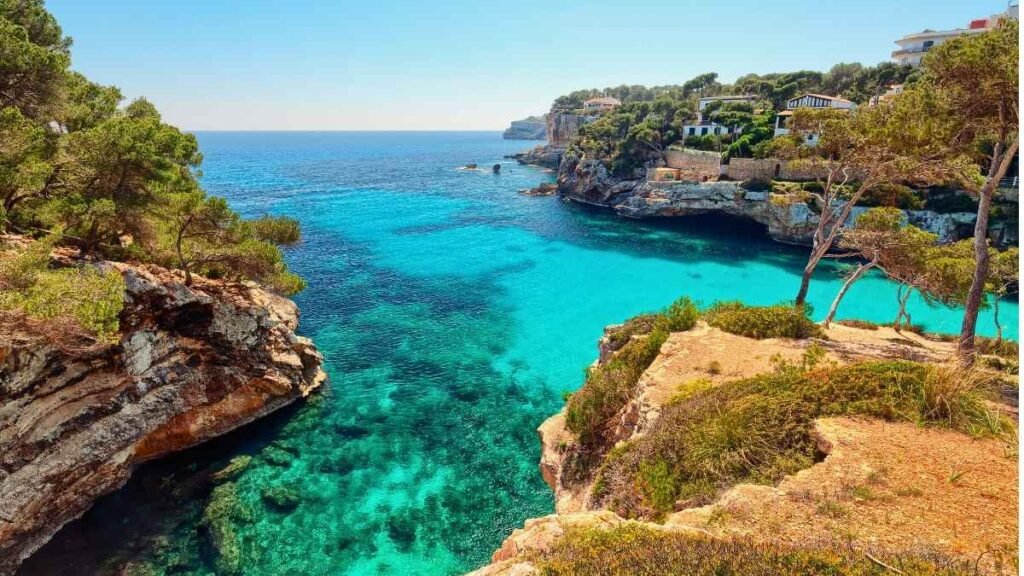
Spain blends Mediterranean ease with serious cultural depth—museums, food culture, architecture, fiestas, you name it. The country welcomed 94 million international tourists in 2024, setting an all-time record. That’s a great sign for infrastructure and accessibility. Visitors also poured €126 billion into the economy, which tells you Spain is built to handle long stays with comfort.
If you’re thinking residency, non-EU travelers staying beyond 90 days must apply for a long-stay visa. It’s straightforward, but it’s important to prepare documents early. Lifestyle-wise, each region feels like a different personality: Andalusia is warm and musical, Catalonia is stylish and modern, northern Spain is rugged and green.
Housing costs are rising in cities like Barcelona and Madrid, partly due to anti-tourism pressure and housing shortages. That said, Valencia, Seville, Malaga, and Granada offer amazing quality of life without the big-city strain.
Key Practical Information
- Peak / Off-peak + weather: Summers are hot and busy; spring/autumn offer ideal temps.
- How to reach & explore: High-speed AVE trains make cross-country travel simple.
- Ideal duration: 1–2 months to test, 6–12 months for long-term settlement.
- Must-try experiences: Tapas nights in Seville, Guggenheim in Bilbao, hikes in Asturias.
- Budget insights: City-centre rents rising; smaller cities give better value.
- Cultural etiquette: Late meals, cheek-kissing greetings, conversational Spanish appreciated.
- Photography spots: Alhambra at dusk, Sagrada Familia, Andalusian white towns.
3. Mexico
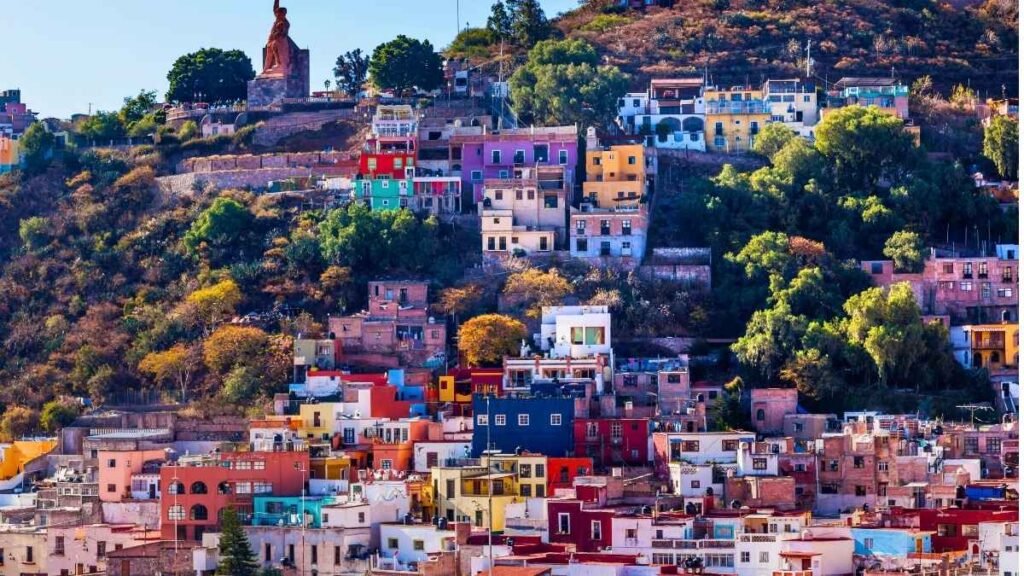
Mexico gives you serious lifestyle value with lower costs, flexible long-term visas, and diverse climates. Monthly living costs for a single person can be as low as US$511 (without rent), and rent prices are about 74% lower than the United States. The Temporary Resident Visa, which allows up to four years, is especially appealing because it’s based on financial solvency—not massive investments.
Different regions feel like completely different countries. Mexico City is urban, artistic, and full of energy. San Miguel de Allende is colourful and slow-paced. The Riviera Maya offers beaches and cenotes. Visitors need to pay attention to safety differences across states, but established expat regions have solid infrastructure, healthcare, and community support.
Something worth noting: Mexico’s popularity with retirees and remote workers keeps rising, especially because residency requirements are still manageable. Income or savings thresholds vary, but remain far below “million-dollar investor” programs elsewhere.
Key Practical Information
- Peak / Off-peak + weather: Dry season (Dec–Apr) is best; rainy season May–Oct.
- How to reach & explore: Great domestic flight network; buses serve most towns; cars help for rural areas.
- Ideal duration: 2–3 months for testing regions; 12 months if considering relocation.
- Must-try experiences: Oaxaca markets, cenotes in Yucatán, Mexico City’s food scene.
- Budget insights: Housing from US$600–$1,000/month in many towns; residency fees are still moderate.
- Cultural etiquette: Greetings matter, bargaining is normal, Spanish skills help a ton.
- Photography spots: Teotihuacán pyramids, Guanajuato’s coloured streets, Riviera Maya caves.
4. Thailand

Thailand attracts long-term travelers for affordability, food culture, beaches, and well-developed expat hubs. A one-bedroom apartment in many areas can run around £365/month (~US$450), and everyday expenses are low. Thailand has also introduced major visa changes: extensions for digital nomads, a stronger retirement visa, and the 10-year LTR (Long-Term Resident) Visa—though that one has higher financial thresholds.
There’s a clear shift toward supporting long-stay foreigners, with 2024 approvals allowing extended tourist stays and multi-year digital nomad options. Bangkok brings fast-paced city life, Chiang Mai is calmer and creative, Phuket and Krabi offer beach lifestyles, and smaller islands give a more local vibe.
Just know things can vary greatly between regions: infrastructure, healthcare, noise levels, climate, internet speeds. But overall, Thailand hits a great balance of affordability + lifestyle + accessibility.
Key Practical Information
- Peak / Off-peak + weather: Best from Nov–Feb; monsoon May–Oct.
- How to reach & explore: Bangkok as hub; domestic flights are cheap; ferries for island routes.
- Ideal duration: 3 months to explore; 6–12 months for evaluating residency options.
- Must-try experiences: Street-food in Bangkok, temples in Chiang Mai, Andaman-coast island hopping.
- Budget insights: Rent in local areas THB 5,000–15,000/month (~US$135–400).
- Cultural etiquette: Respect temples, remove shoes, learn basic Thai greetings.
- Photography spots: Wat Arun sunrise, Phi Phi turquoise waters, Chiang Mai night markets.
5. Costa Rica
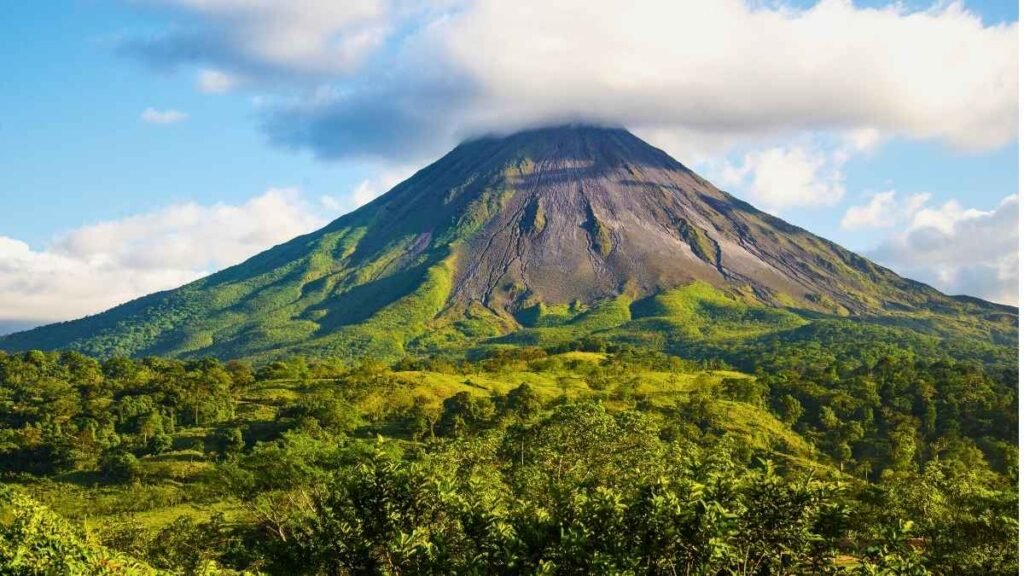
Costa Rica leans toward nature-first living: volcanoes, rainforests, wildlife, national parks, eco-lodges and clean beaches. For long-term stays, it’s friendly, relatively stable, bilingual in many regions, and full of expat communities.
Costs can vary widely — coastal areas tend to be pricier; inland towns more moderate.
The country’s “Pura Vida” mindset shapes everyday life. People slow down, social connections matter, and outdoor recreation is part of the weekly rhythm.
You’ll find strong biodiversity, with over 500,000 species, representing nearly 6% of the world’s biodiversity packed into a small, extremely accessible country.
Healthcare access is solid, infrastructure continues to improve, and the expat community remains active and welcoming. For readers wanting nature, safety, and a friendly long-stay environment without extreme financial requirements, Costa Rica is a strong pick.
Key Practical Information
- Peak / Off-peak + weather: Dry season Dec–Apr; rainy season May–Nov.
- How to reach & explore: Fly into San José; best explored by car for remote regions.
- Ideal duration: 4–6 weeks for testing; 6–12 months for real long-term evaluation.
- Must-try experiences: Monteverde cloud forest, Arenal volcano, Manuel Antonio wildlife, Tamarindo surf.
- Budget insights: Cost of living moderate–high depending on region; rural areas cheaper.
- Cultural etiquette: Use “Pura Vida,” respect nature, basic Spanish appreciated.
- Photography spots: Waterfalls, volcano silhouettes, rainforest wildlife, Pacific sunsets.
6. Malaysia
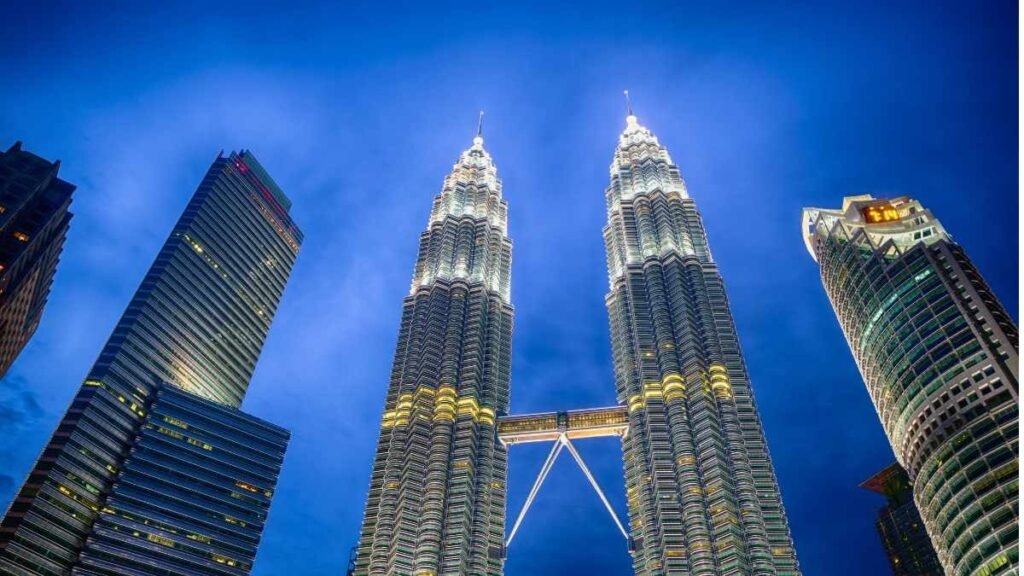
Malaysia feels like one of those places where life is easy, modern, and surprisingly affordable without losing cultural depth. You get a mix of Malay, Chinese, and Indian influences—so the food, festivals, and daily rhythms feel incredibly diverse. According to 2025 data, a single person’s monthly living cost averages RM4,429, and a family of four sits around RM9,900. Rent is also wallet-friendly: Numbeo shows one-bedrooms averaging RM454/month in many cities, with utilities around RM118.
Malaysia is actively welcoming long-term foreigners. The DE Rantau Nomad Pass allows digital nomads to stay and work legally—a government-designed long-stay visa aimed exactly at global remote workers. Unlike many Asian countries, Malaysia doesn’t overwhelm you with strict rules; the vibe is relaxed, English is widely spoken, and internet infrastructure is strong.
Once you settle in, you notice how easy daily life becomes. Public transport in big cities is improving fast, food is inexpensive, and medical care is modern. Malaysia offers a lifestyle that feels rich without forcing you to overspend.
Key Practical Information
- Peak / Off-peak + weather: Tropical year-round; driest months vary by coast. West coast: Dec–Mar best. East coast: Apr–Sep best.
- How to reach & explore: Fly into Kuala Lumpur or Penang. Excellent buses and low-cost domestic flights.
- Ideal duration: 1–3 months to test; 6–12 months for remote-worker setup.
- Must-try experiences: Penang street food, Cameron Highlands tea fields, Langkawi beaches, Kuala Lumpur night markets.
- Budget insights: Extremely affordable housing; utilities and food costs low; cities outside KL even cheaper.
- Cultural etiquette: Respect diverse cultural norms; modest dress recommended in rural or religious areas.
- Photography spots: Petronas Towers skyline, street art in Penang, Batu Caves, rainforest waterfalls.
7. Panama
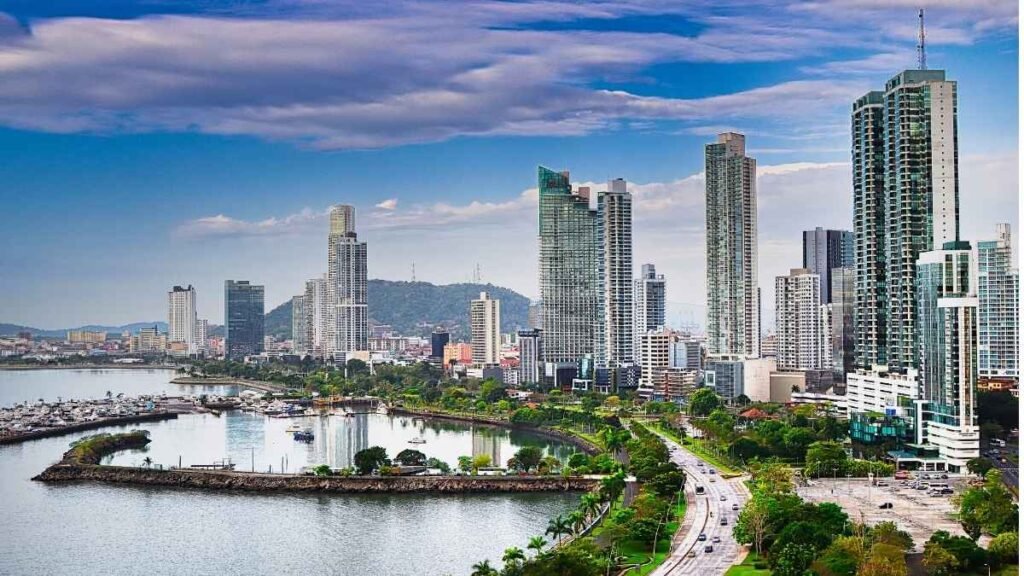
Panama offers a unique mix of modern city life, tropical beaches, and one of the world’s most welcoming residency systems. The Friendly Nations Visa remains a major draw—requiring applicants to own Panamanian property worth at least US$200,000, opening a straightforward path to residency. That makes Panama a standout option for long-term stays without the extreme investment typical elsewhere.
Panama City delivers a polished, Miami-meets-Latin-America vibe—glass towers, cafés, co-working spaces, and fast internet. Outside the capital, mountain towns like Boquete offer cool weather, quiet neighborhoods, and expat communities. The country also runs on the U.S. dollar, which simplifies budgeting.
Cost of living varies, but everyday life is generally moderate. Many expats appreciate Panama for stability, infrastructure, and a long history of welcoming foreign residents. You feel it quickly—locals are warm, services are efficient, and the pace of life stays comfortable.
Key Practical Information
- Peak / Off-peak + weather: Dry season Dec–Apr; green season May–Nov.
- How to reach & explore: Fly into Panama City; buses and domestic flights cover most regions.
- Ideal duration: 1–2 months for testing; long-term stays common after.
- Must-try experiences: Panama Canal viewing decks, Casco Viejo cafés, Bocas del Toro islands, cloud forests of Boquete.
- Budget insights: Property requirement for Friendly Nations Visa is US$200k minimum; daily costs moderate.
- Cultural etiquette: Spanish helps; Panamanians value friendliness and casual conversation.
- Photography spots: Casco Viejo colonial streets, skyline night views, Caribbean islands’ turquoise water.
8. Greece
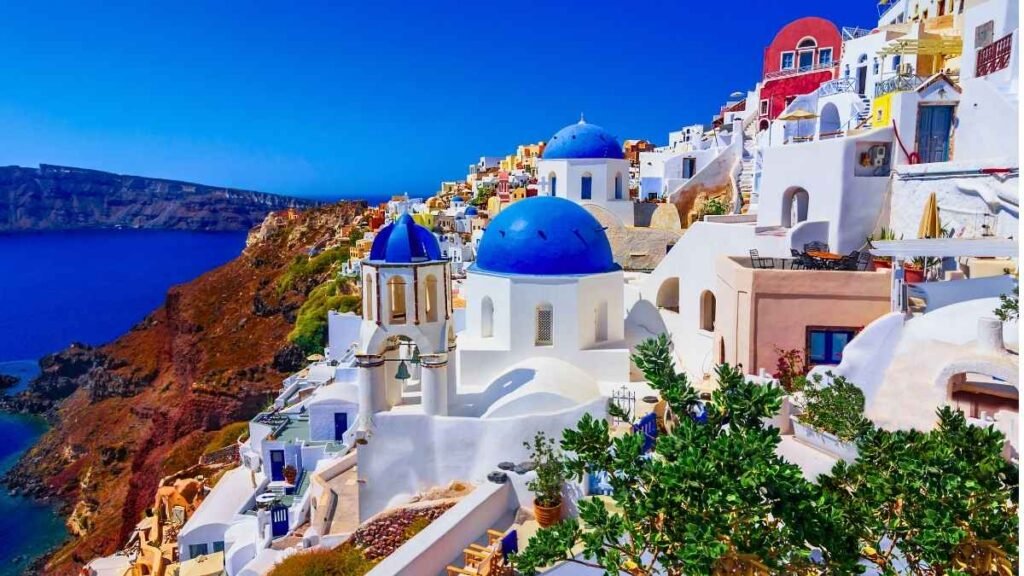
Greece mixes sun-soaked islands, ancient history, and surprisingly accessible long-stay options. The Digital Nomad Visa is one of its best offerings: you need a €3,500 monthly income, health insurance, and proof of accommodation. That’s it—no huge investment required. This makes Greece a solid long-term stay for remote workers wanting European living without extreme costs.
Daily life feels bright and grounded—fresh food, friendly locals, and a slower pace that encourages you to breathe a little easier. Costs vary widely: Athens and Santorini can be pricey, while Crete, Naxos, and Thessaloniki are far more affordable.
The balance of modern living and historic charm is unique. You can explore ancient temples in the morning, swim by afternoon, and end your day with fresh seafood at a small taverna. For long-term visitors, Greece gives you beauty, value, and warmth.
Key Practical Information
- Peak / Off-peak + weather: Peak is June–Sept; shoulder seasons Apr–May & Sept–Oct offer great weather.
- How to reach & explore: Athens as hub; ferries connect islands; buses work well inland.
- Ideal duration: 1–2 months to test; 6–12 months for full residency setup.
- Must-try experiences: Sunset in Oia, Acropolis visit, Crete beaches, local village festivals.
- Budget insights: Island hotspots expensive; mainland and large islands far cheaper.
- Cultural etiquette: Warm greetings, respect for family culture, be patient with slow service rhythms.
- Photography spots: Santorini blue domes, Athens rooftops, Peloponnese ruins, island harbors.
9. Uruguay
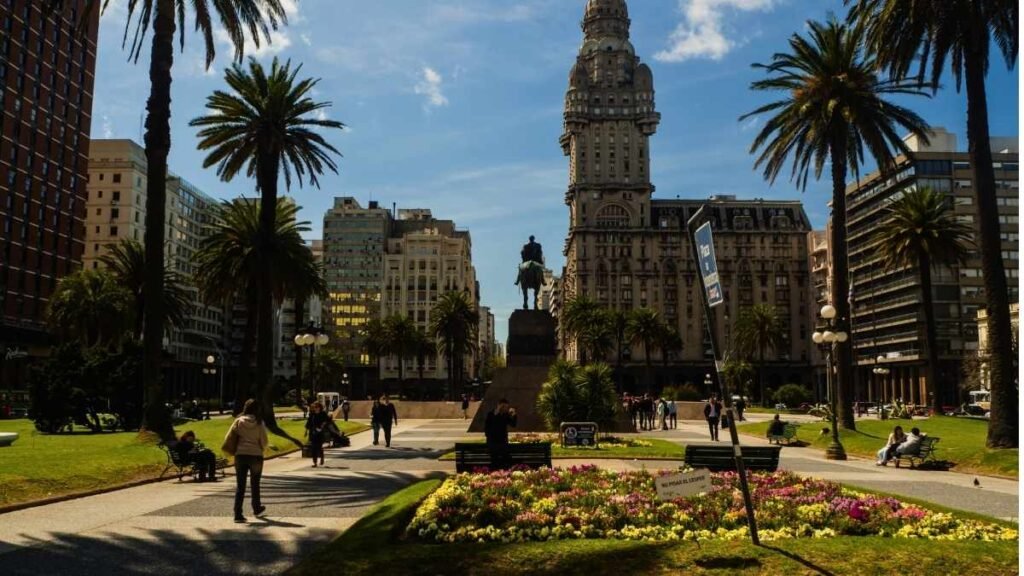
Uruguay gives you a calm, high-quality lifestyle with a strong social system, safety, and some of South America’s most stable policies. In 2025, a couple can live comfortably on US$1,800–$2,800 per month, depending on region and lifestyle. Single-person monthly expenses average around $U73,766, per 2025 Expatistan data.
Residency is straightforward—Uruguay is known for open immigration policies and a residency process that doesn’t depend on huge investments. Montevideo offers European-style architecture, beaches, and safe neighborhoods.
Smaller cities like Punta del Este and Colonia feel peaceful, scenic, and easy-going.
Uruguay stands out because it’s stable, quiet, and built for people who want long-term lifestyle comfort rather than fast-paced city life. You feel a sense of order and calmness—clean streets, friendly locals, and a relaxed culture that still delivers everything you need.
Key Practical Information
- Peak / Off-peak + weather: Summer Dec–Feb; winters are mild but cooler than tropical South America.
- How to reach & explore: Fly into Montevideo; buses excellent for intercity travel.
- Ideal duration: 1 month to test; 6+ months for deeper settling.
- Must-try experiences: Rambla waterfront walks, Colonia’s old town, Punta del Este beaches, countryside estancias.
- Budget insights: More expensive than other Latin American nations but offers strong stability and safety.
- Cultural etiquette: Mate sharing is a cultural staple; Uruguayans are friendly but value personal space.
- Photography spots: Montevideo coast, Colonia cobblestone alleys, Punta del Este skyline, rolling farmlands.


